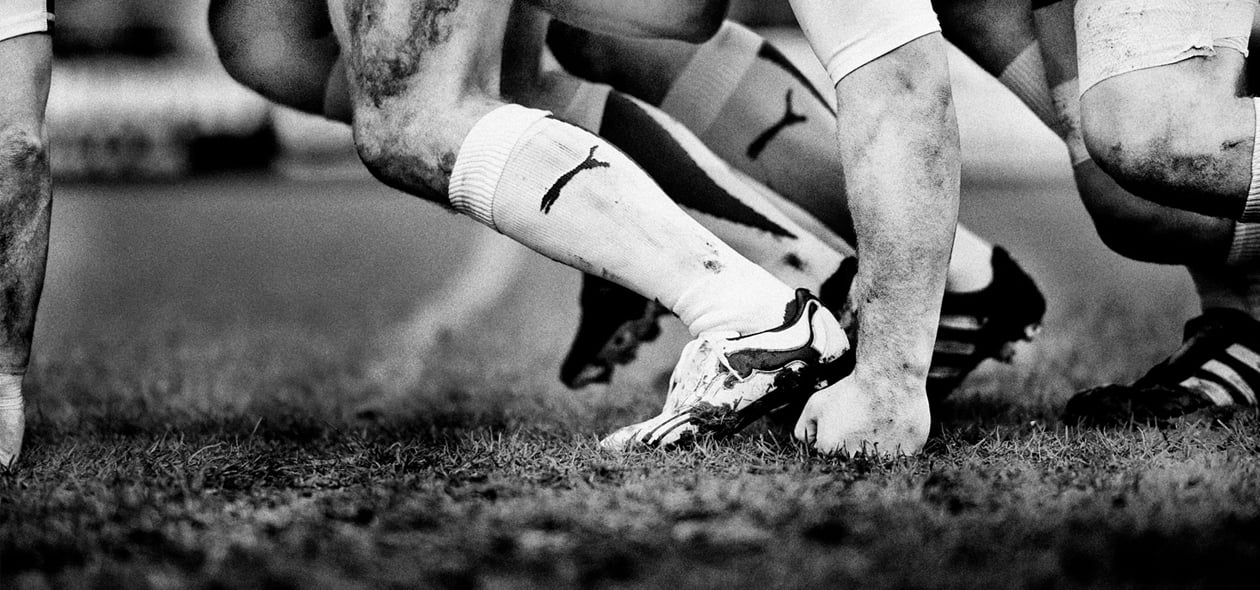Big Toe Pain - Are you suffering?

Turf toe is a commonly heard condition thrown around the training ground and physio room and seems to be occurring more and more frequently. It seems to be most common in rugby, football and hockey. What is the exact definition? Is it more likely to occur on artificial pitches? What type of athletes are most at risk of this type of condition? Why does it keep them off the field for so long? Here are some things to consider:
Turf toe, an injury attained by hyper-extension of the big toe, causing sprains and tearing of the joint capsule and ligaments around the first metatarsal-phalangeal joint (your big toe). Severe cases of the injury can result in subluxation or even dislocation of the joint causing great damage to the joint capsule. The small bones located under the first metatarsal bone called the sesamoids can be fractured which can increase recovery time.
The condition gets its name due to the fact it is commonly seen in field sports played on hard surfaces. It was first documented in American football players in 1976. Turf toe was recognized as a common injury soon after the invention of AstroTurf in 1964. Football & Rugby boots tend to grip the surface more making the injury more common, further to this flexible, non rigid boots seen more widely on the football pitch can increase the risk of injury.
Recent changes in playing surfaces and scrummaging laws has also led to an increase in the condition on the Rugby pitch. Synthetic 3G and 4G pitches are giving the boots a significant increase in grip and with new scrummaging laws meaning increased time in the crouch and engage stage with the foot having to stay in the hyper-flexed position for longer, the toe is being forced to hyper-extend, add the size of the players and the stresses of the scrum and you are at increased risk.
Increased rigidity in the forefoot in shoes can reduce/prevent excessive load and range of movement through the joint therefore reducing the forces that can lead to the development of the condition. We have found that footwear/boot advice can go a long way in maintaining well protected feet, not just for Turf Toe but for a number of common foot, ankle and lower limb problems.
So while turf toe may be a humorous name for a sprained big toe, the damage is real and can have painful consequences long term. Our team at ACE Feet In Motion can help diagnose the problem and start treatment straight away by either the use of orthoses to help with the biomechanics of the foot and especially the big toe joint. If the pain is specific to a chosen sport, modification of the footwear can be done to prevent the injury from reoccurring and improve performance and playing duration .
Author - Gareth Bowen Senior Podiatrist ACE Feet in Motion
